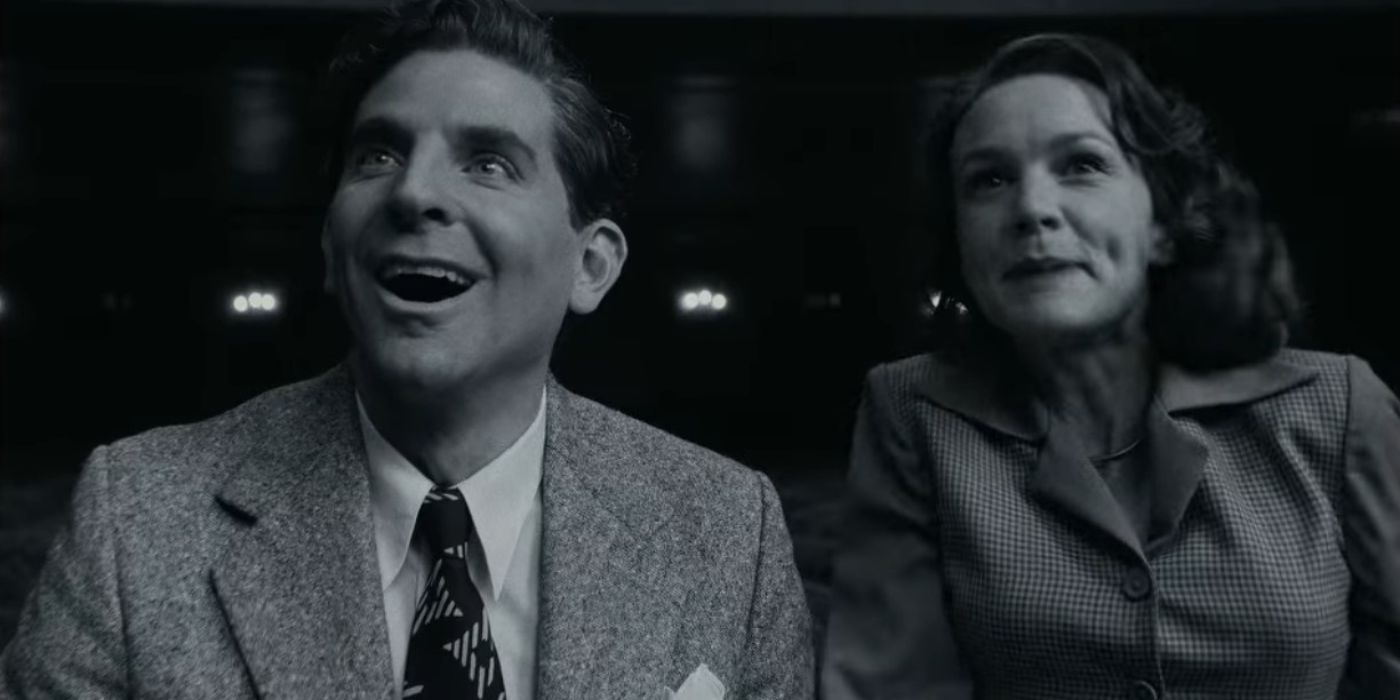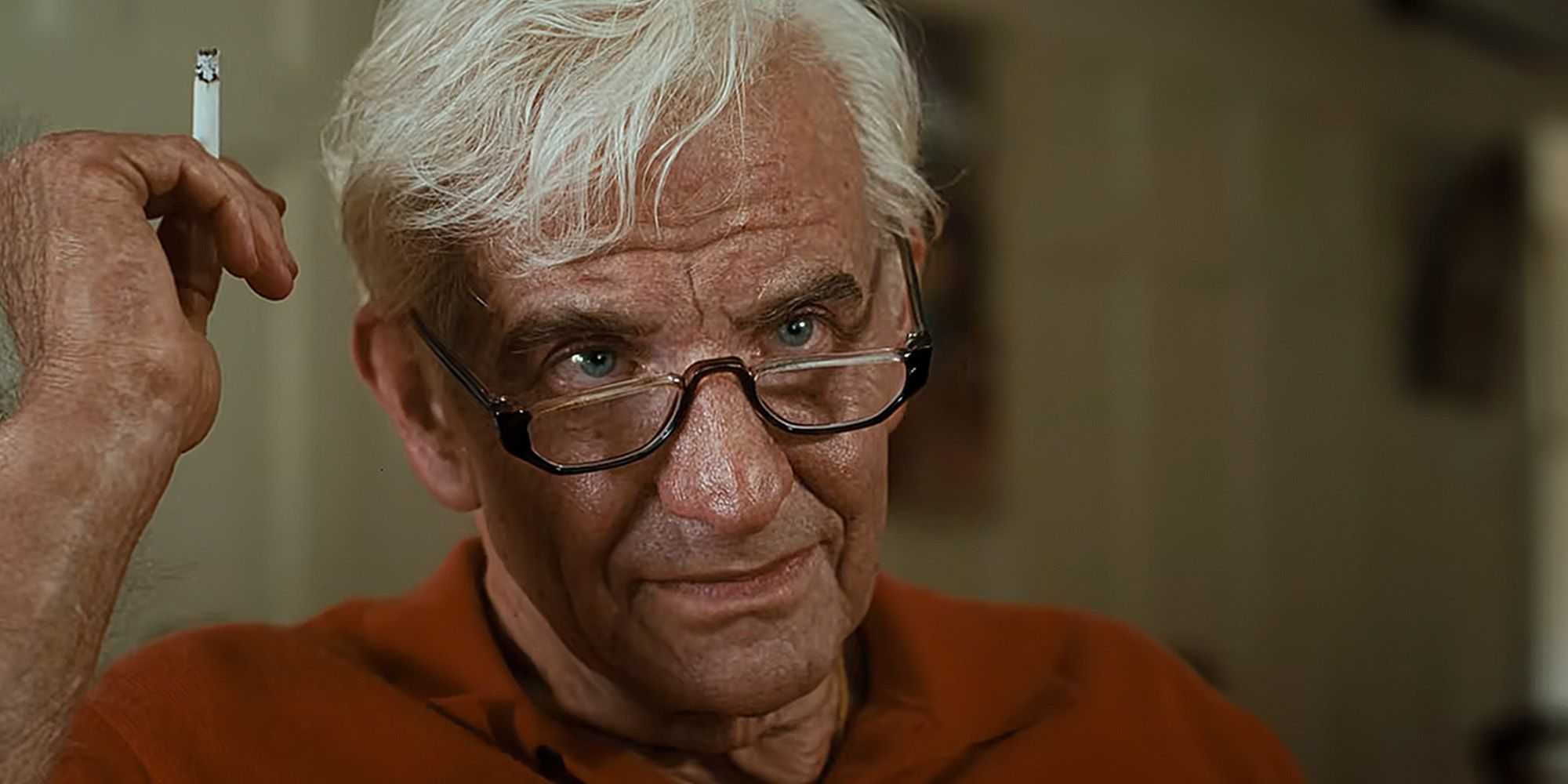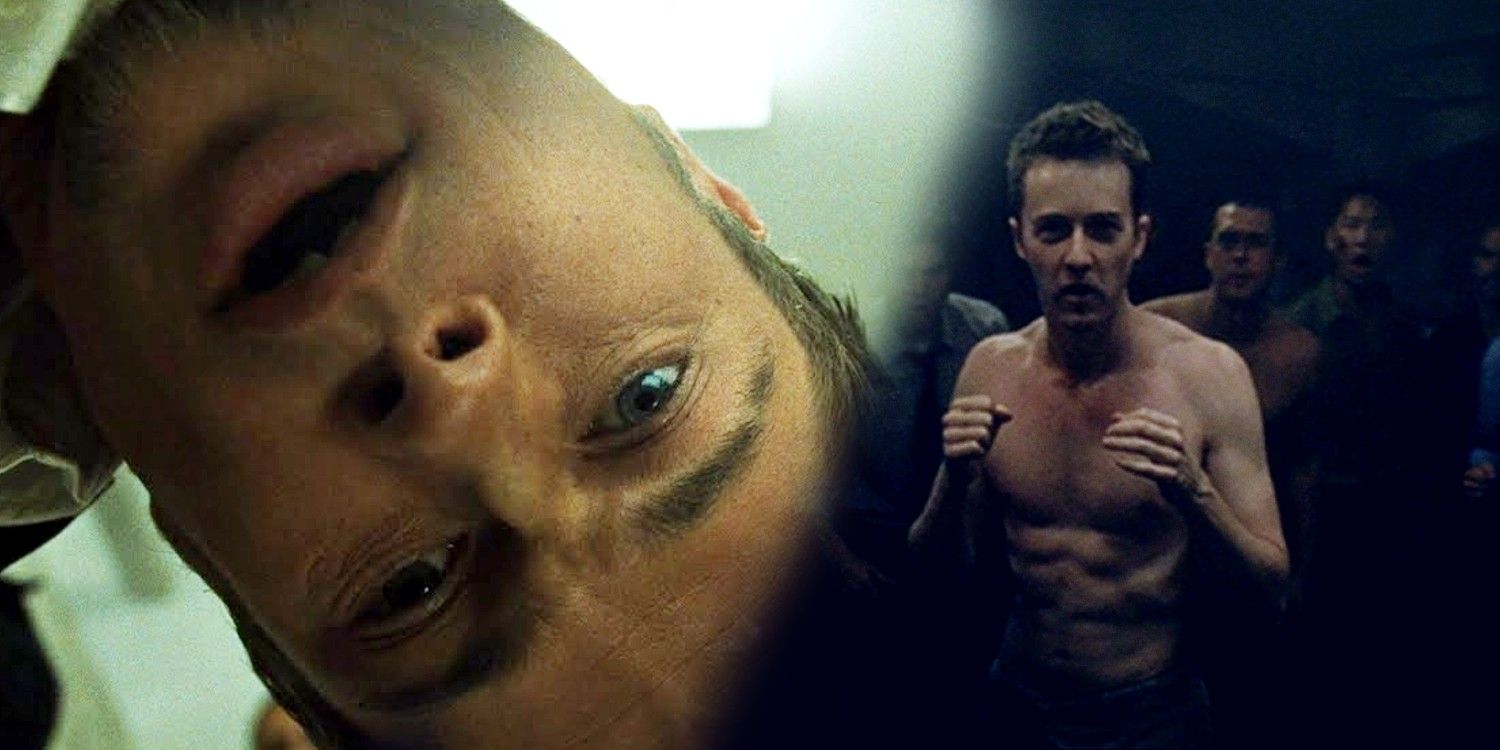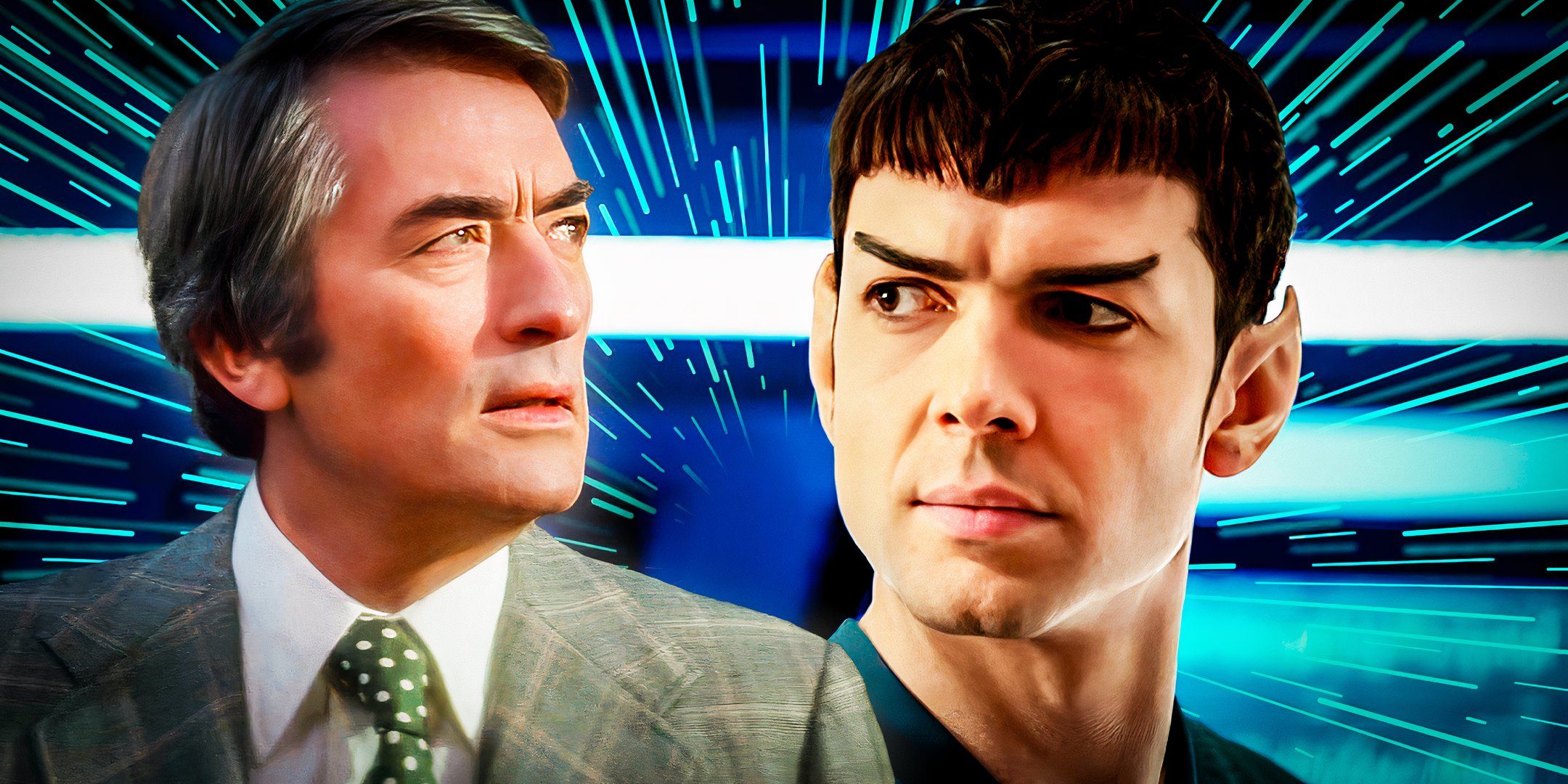Maestro tells the life story of famed composer Leonard Bernstein, played by Bradley Cooper, and his relationship with his wife, Felicia Montealegre, played by Carey Mulligan. Cooper, who also directed and co-wrote the movie, intentionally incorporated the transition between black and white and color and changed aspect ratios, which some found startling and others regarded as meaningful and artistic. The 2023 biographical drama film was released on December 20 on Netflix, and its unusual techniques caught the attention of many viewers, leading some to wonder why it includes different colors and aspect ratios.
Aside from Cooper and Mulligan, the cast of Maestro includes Matt Bomer as David Oppenheim, Vincenzo Amato as Bruno Zirato, Michael Urie as Jerry Robbins, Sarah Silverman as Shirley Bernstein, Maya Hawke as Jamie Bernstein, and many other actors. Many of these characters, some of whom are based on real people, come and go throughout the movie because it is about Bernstein and Felicia at its core. The biographical drama chronicles their complicated love story, and the changes between colors and aspect ratios play a part in telling Bernstein and Felicia’s tale.
Why Maestro Opens In Color, Goes To Black & White, Then Back To Color

Maestro jumps around in time, starting when Bernstein is 70 years old, flashing back to when he was in his 20s in the 1940s, and then returning to the composer at 70. The future scenes are solely in color, while the sequences taking place when Bernstein is a young man are in black and white. The black and white scenes capture the essence of old Hollywood, which was Cooper’s intention while making the movie. Additionally, the contrast between black and white and color is meant to highlight the differences in Bernstein and Felicia’s relationship between the two periods, which has a profound impact on how the viewers regard the couple’s conflicting dynamics.
Cooper knew from the very beginning of the filmmaking process that he wanted Maestro to have contrasting colors and aspect ratios. The director, co-writer, and actor told Tudum by Netflix:
“I knew for the first section I wanted to shoot in 35 millimeter, black-and-white. Working with the crew, and just communicating how important it was that the cinema of this feel like a memory, an imagination of these time periods, was so much fun.”

Does Bradley Cooper Really Play Piano In Maestro?
Cooper’s portrayal of famed composer Leonard Bernstein in Maestro required him to tickle the ivories, but was it really him playing piano in the film?
Maestro’s Shifting Aspect Ratio Explained

As mentioned above, the 2023 biographical drama film also includes a shift in aspect ratio. During the scenes when Bernstein is older, the aspect ratio is 1.85:1 (a widescreen format), but the sequences featuring him as a young man are shot with an aspect ratio of 4:3 (what they used in classic Hollywood). In a similar vein to the jump between black and white and color, the change in aspect ratio is meant to symbolize the differences in Bernstein and Felicia’s relationship between the two periods. Everything Cooper added to Maestro was in service of the couple’s story since the movie revolved around them.





